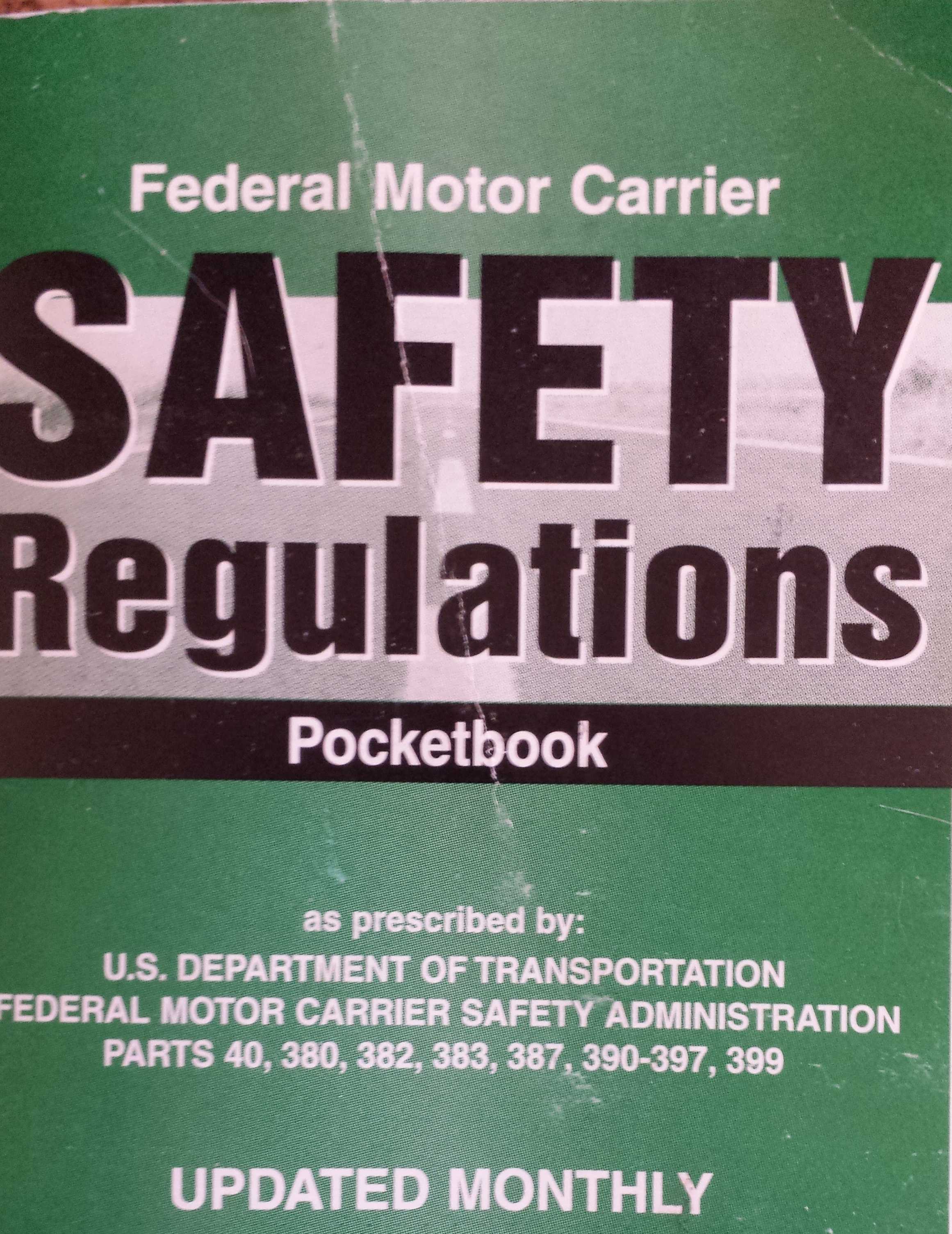There are Regulations which apply to all companies and drivers who operate or drive commercial motor vehicles. All drivers of such vehicles must have knowledge of the Regulations as well as skill levels that are of a professional standard.

Those standards that are set by the Regulations are minimum standards to guide and help both commercial drivers and motor carriers along the direction of safe operations of commercial motor vehicles. Commercial motor vehicles share the roadways with amateur drivers, with families new and old, with motorcycles, scooters, bicycles, and pedestrians –all of them having no knowledge of the Regulations or restrictions on trucks. They do, however, assume that truck drivers are supposed to be knowledgeable and operate professionally. Trucks are larger and heavier than their vehicles.
Companies should be aware that the transfer of knowledge to their drivers is essential to safe operations, and the development of that knowledge within the company’s safety department (big or small) is just as essential. It is a certainty that the Regulations do not prevent accidents, but rather give motor carriers and commercial drivers a path to follow toward knowledge which does prevent accidents.
Very often companies are happy to have a qualification file for their driver that is complete under the minimum requirements of the Regulations. They hand their driver a pocketbook of the Regulations, and their driver signs for that, agreeing to familiarize themselves with the Regulations. But, unless the company spends the time to insure that their driver has knowledge of those Regulations, the company safety department, has not complied with the intent of the Regulations. I have never encountered a truck driver who does not speak English who has read the Regulations. I have encountered very few English speaking drivers who have read the Regulations. Even asking a driver questions concerning Part 392 covering driving of commercial motor vehicles and a Part that deals directly with the drivers’ well-being; I find very few drivers conversant in this Part.
For example, a Regulation that needs to be discussed with drivers is Section 392.14 that addresses hazardous conditions; pointing out that “extreme caution” should be exercised in the operation of a commercial motor vehicle when hazardous conditions such as those caused by snow, ice, sleet, fog, mist, rain, dust, or smoke adversely affect visibility or traction. The Regulations state that speed shall be reduced when such conditions exist and that if conditions become sufficiently dangerous for the operation of the commercial motor vehicle, operation shall be discontinued and shall not be resumed until the commercial motor vehicle can be safely operated.
As you can see, the Regulations advise, but the vast spectrum of a commercial driver’s knowledge must come into play. Drivers must know the relationship of physical factors to visual range, headlight sight distance, stopping distances and how friction affects those. Drivers must know what is around their vehicle, what type of roadway –including lane width, number of lanes, shoulder viability, speed bumps, and etcetera. The knowledge of a driver, his familiarity with the roadways and the Regulations, are all factors the motor carrier needs to know or transfer to their drivers.
It is obviously difficult for a safety director with no driving experience, to talk to drivers. They can arrange for someone who does have the experience to have one-on-one discussions concerning driving issues. Drivers, as a rule, like to talk about driving and appreciate someone getting in their truck to talk about driving. This is referred to as monitoring, and it is a vital and smart thing for a company to do.
Imagine this questioning sequence:
“How many years have you worked for this company?”
“I’ve been here 10 years.”
“In those 10 years how many times has someone from the safety department ridden with you?"
“Never.”
“Would you have liked to discuss driving in your cab while doing your job?”
“Oh, you bet! There’s always something to learn.”
Regulations can guide the motor carrier to the minimum requirements, and they do say that a commercial driver must have experience or training, but only the company (the driver’s work place) can determine if that experience and/or training is good enough for the job. Only the company can develop and give adequate training, and they are the only entity responsible under the guidelines of the Regulations.
